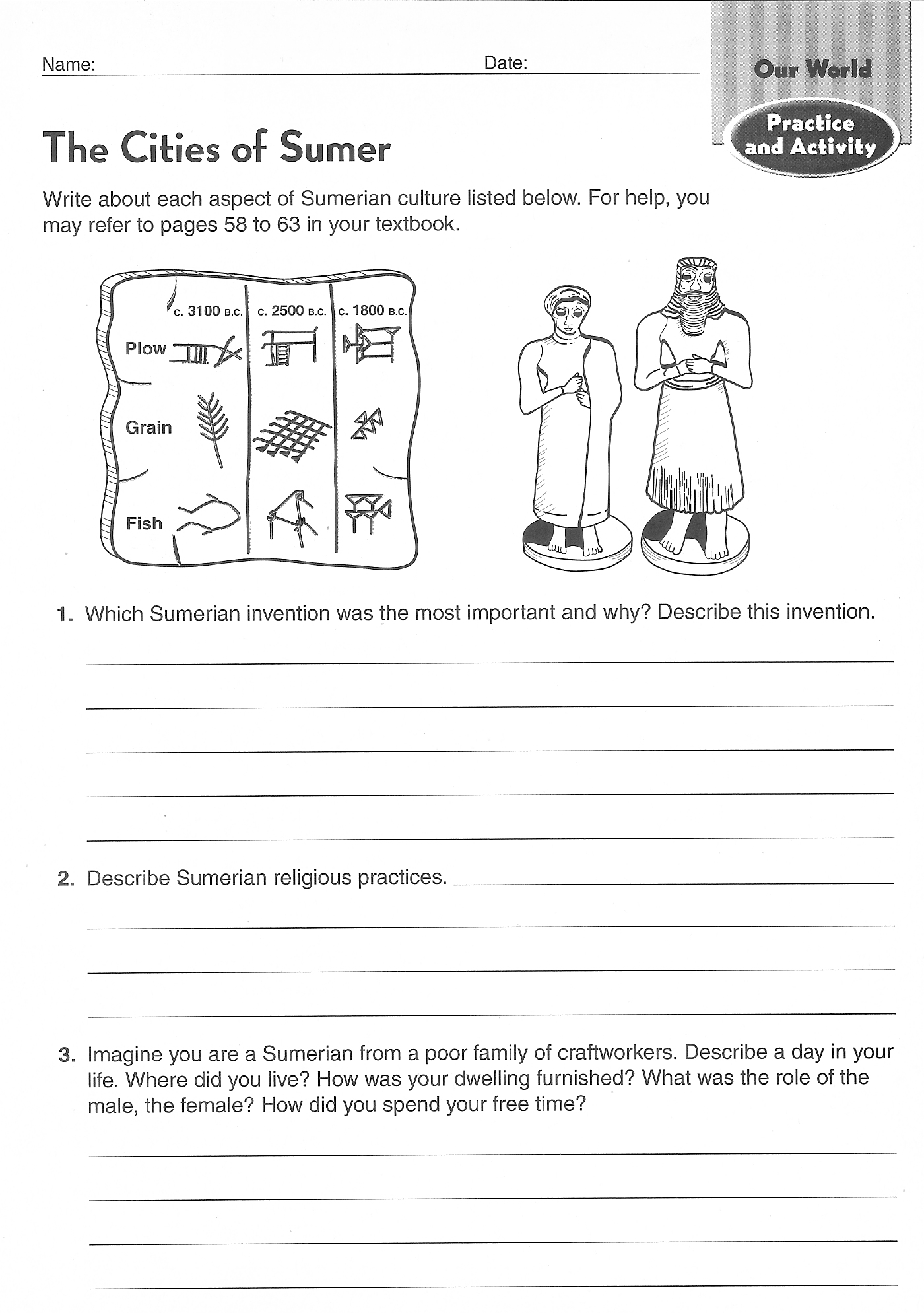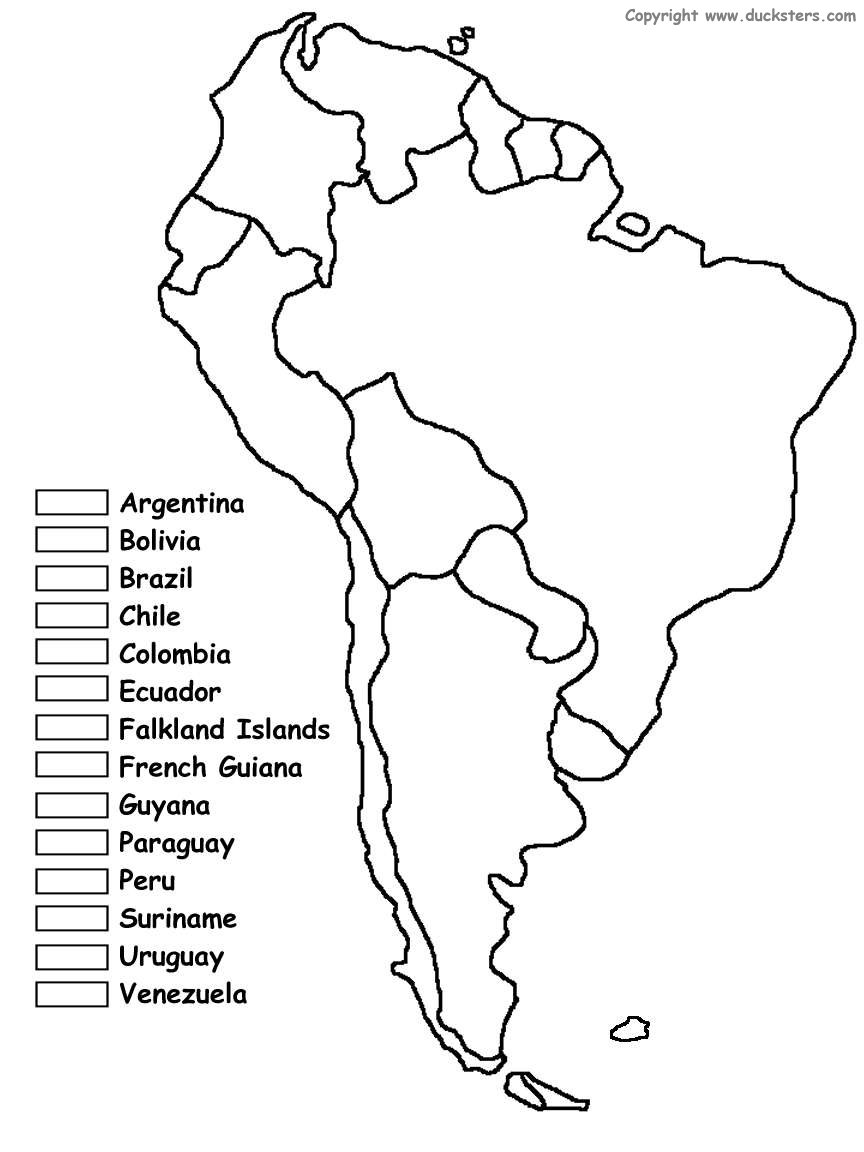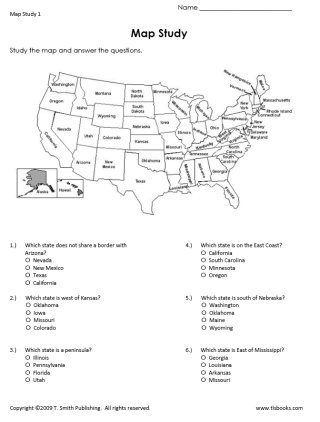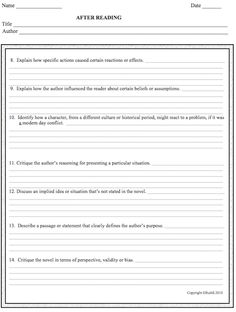Ancient China Worksheets 6th Grade
Welcome to our blog post all about Ancient China worksheets for 6th-grade students! If you are in search of engaging and informative resources to enhance your learning about this fascinating civilization, you've come to the right place. In this article, we will explore various worksheets that cover essential topics and provide an effective way for 6th-grade students to deepen their understanding of Ancient China.
Table of Images 👆
More Other Worksheets
Kindergarten Worksheet My RoomSpanish Verb Worksheets
Cooking Vocabulary Worksheet
DNA Code Worksheet
Meiosis Worksheet Answer Key
Art Handouts and Worksheets
7 Elements of Art Worksheets
All Amendment Worksheet
Symmetry Art Worksheets
Daily Meal Planning Worksheet
What geographical features played a significant role in the development of ancient China?
The geographical features that played a significant role in the development of ancient China include the fertile plains of the Yellow River and Yangtze River valleys, which facilitated agriculture and food production. The natural barriers such as mountains and deserts helped to protect China from invasions and fostered a sense of isolation and unity among its people. Additionally, the presence of these natural barriers also influenced the formation of distinct regional cultures within China.
Who was the first emperor of unified China and what were his significant achievements?
The first emperor of unified China was Qin Shi Huang, who ruled from 221 BC to 210 BC. His significant achievements include unifying China by conquering six other warring states, standardizing weights, measures, and writing systems across the empire, constructing the Great Wall of China as a defense barrier against invaders, and commissioning the Terracotta Army as part of his tomb complex. Qin Shi Huang was also known for his infrastructure projects, administrative reforms, and centralization of power, laying the foundation for the imperial system that would last for centuries in China.
Describe the social structure of ancient Chinese society.
Ancient Chinese society was structured into a hierarchical system with the emperor at the top, followed by the nobility and scholars, then the peasants and farmers, and finally the artisans and merchants. This system was supported by Confucian beliefs in filial piety, respect for authority, and social harmony. Family and kinship ties were crucial in determining one's social status, and individuals were expected to fulfill their roles and duties according to their place in society. Over time, this system became more rigid, with limited social mobility and strict codes of behavior governing interactions between different social classes.
What were the main beliefs and practices of ancient Chinese religions?
Ancient Chinese religions were characterized by a blend of ancestor worship, reverence for nature, and a belief in the interconnectedness of all things. They practiced rituals and ceremonies to honor ancestors, gods, and spirits, striving for balance between the forces of yin and yang. These religions emphasized the importance of living in harmony with the natural world and following principles such as Confucianism, Daoism, and Buddhism to guide moral behavior and spiritual growth.
Explain the significance of the Silk Road in ancient China.
The Silk Road was a significant trade route in ancient China that connected East and West, facilitating the exchange of goods, ideas, and cultures. It was crucial for the cultural and economic development of China by enabling the spread of silk, spices, and other goods. The Silk Road also played a key role in promoting cultural exchange, innovation, and the diffusion of knowledge, technology, and religions such as Buddhism. Additionally, it fostered diplomatic relations and alliances between different empires and civilizations, contributing to the political stability and prosperity of ancient China.
Describe the invention of paper and its impact on ancient Chinese society.
The invention of paper is credited to the ancient Chinese around 105 AD, attributed to the inventor Cai Lun. Paper revolutionized Chinese society by replacing traditional writing materials like bamboo strips and silk. It allowed for easy writing, copying, and disseminating of information, fostering education, bureaucracy, and cultural exchange. This invention significantly advanced Chinese art, literature, science, and technology, contributing to the progress and development of ancient Chinese civilization.
How did the Great Wall of China come into existence and what purpose did it serve?
The Great Wall of China was built over several centuries, primarily during the Ming Dynasty in the 14th to 17th centuries. Its main purpose was to provide defense from invasions by various nomadic tribes and military incursions from the north. The wall served as a barrier to protect the Chinese states and empires from external threats, allowing for greater control over trade routes, regulating immigration and emigration, and asserting the authority of the Chinese central government.
Describe the government system of ancient China and the role of dynasties.
Ancient China was ruled by a series of dynasties, each representing a line of hereditary rulers. The government system was based on the philosophy of Confucianism, which emphasized hierarchy, respect for authority, and duty to the state. The emperor held absolute power as the Son of Heaven, believed to be divinely appointed to rule. Beneath the emperor were noble officials who administered the government bureaucracy. Dynasties rose and fell over centuries, with each new dynasty striving to maintain the Mandate of Heaven - the divine right to rule. Dynastic rule provided stability and continuity in governance, but also led to periods of political unrest and dynastic change within ancient China.
What were the main contributions of ancient China to art and literature?
Ancient China made significant contributions to art and literature, including the development of various forms of poetry such as shi, ci, and qu, as well as the creation of iconic literary works like "The Book of Songs" and "The Art of War" by Sun Tzu. In art, ancient Chinese artists excelled in calligraphy, painting, and pottery, with techniques such as ink wash painting and porcelain production becoming renowned worldwide. Additionally, Chinese innovations in woodblock printing and papermaking revolutionized the dissemination of literature and artistic expression.
Explain the concept of filial piety and its importance in ancient Chinese culture.
Filial piety is a key virtue in ancient Chinese culture that emphasizes respect, obedience, and care for one's parents and ancestors. It is rooted in Confucian beliefs and the idea that maintaining harmonious family relationships is essential for a stable society. Filial piety entails showing gratitude, fulfilling obligations, and upholding family honor through honoring and caring for one's parents. It was seen as a moral duty and a reflection of one's character. In ancient Chinese culture, filial piety was considered crucial for social order, moral development, and the transmission of cultural values within families and communities.
Have something to share?
Who is Worksheeto?
At Worksheeto, we are committed to delivering an extensive and varied portfolio of superior quality worksheets, designed to address the educational demands of students, educators, and parents.
























Comments